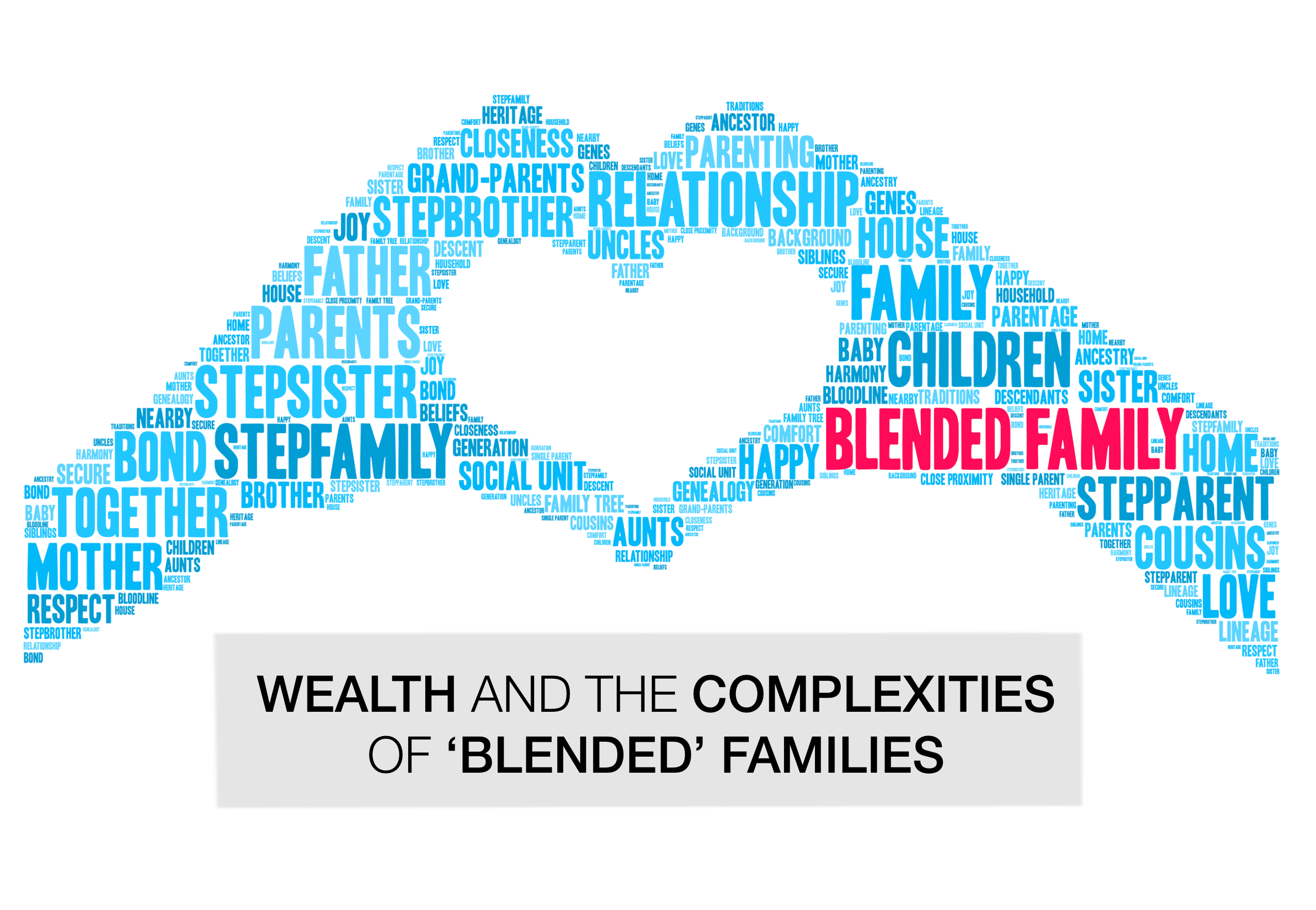When it comes to blended families, Hollywood is rife with examples. In the 2014 movie, Blended, characters played by Adam Sandler and Drew Barrymore first meet on a blind date gone bad. When they later find themselves and their families sharing a single suite on an African safari, their attraction grows as their families build a relationship of understanding.
In Cinderella, the widowed king and father, who loves his daughter, dies. This leaves his new wife in control of his wealth. With only loathing for Cinderella, the stepmother steals the girl’s inheritance for herself and her daughters. I call this the “Cinderella complex.” However, in real life, there’s rarely a Prince Charming to save the day.
The truth is that reality doesn’t always come with happy endings.
Blended families built of two divorced parents and their respective children are increasingly common in modern life. Divorce rates in the U.S. have tripled since the 1960s, leaving parents to build new lives and families, in many cases with existing children.
Blended families are complicated, especially when both spouses bring offspring to the relationship. This is further compounded when we add potential heirs to the discussion. It can be especially problematic when only one spouse brings significant assets.
When that spouse passes, how are the assets distributed? Typically, assets go to the new or current spouse. As we’ve written many times before, then one spouse dies intestate, (i.e. without a will, trust or prenuptial agreement in place), the surviving spouse will inherit the assets. Depending on the relationship and planning, this could leave the decedent’s children out of the equation.
People take the implications and potential complications of blended families far too lightly. You may intend for your children, extended family, charities or foundations to receive proceeds from your estate after your passing. You may have even discussed it with your spouse – and you trust they will follow your wishes.
If you didn’t codify it in writing, however, your spouse and/or children may become the sole decision makers regarding the distribution of your assets.
Consider another example: the remarriage of a divorcee or widow/widower with children from their previous marriage or relationship. Should this individual die with estate documents not updated and executed, the current spouse may receive nothing. By law, directives in place at the time of death take precedence. If the couple had a child or children, they may receive proceeds (if his documents named future blood children – or “for his issue” – as heirs).
Meanwhile, their mother is left out.
Discussing it with your spouse is important. But making your intentions clear in writing is the only way to ensure they are known and give a higher preponderance for them to be followed (I say, “likely,” because estates have been tied up in courts for years over contested wills and trusts that heirs argue were written and signed under duress or undue influence. We will leave that for another article).
The same is true – and even more complicated – with a family business. Imagine this scenario… Adult children from a prior marriage are actively working in or earning wages from the business. Should the parent/owner pass without a trust, will or shareholder’s agreement, the shares likely will go to the new spouse. What they decide to do with their shares could impact your children, your business, your business partners and future growth of the family wealth.
As we’ve written before, dying intestate or with no executed estate plan is inexcusable. Many unsigned trusts and wills have gone ignored and lie worthless in an office drawer. No signature sends the matter to probate, practically ensuring any intentions you’d hoped would come to reality are left to guesswork and the ruling by a probate judge.
The takeaway: If you care where or to whom your money goes upon death, don’t only draft and sign your estate plans. Update them as your situation changes – with your or a child’s marriage, the birth of grandchildren, a falling out, or the death of an intended heir.
All need not be dark or dour. Blended families can live happily ever after. Just ask the Brady Bunch.
If you are somewhere along this continuum – no estate plan, an estate plan that could use fresh planning, or a new life situation that requires rethinking your plans – let’s talk. Sometimes a fresh set of unbiased eyes can help see clearly the path ahead and make sure your intentions will become a reality.

Samy, thank you for discussing this. It’s scary to think someone (even the original spouse) could unintentionally be left out because written documents were not properly executed prior to demise.